5 Winning search engine marketing best practices for 2025

Businesses rely on a variety of marketing techniques to build their brands and strengthen sales pipelines. From social media campaigns and influencer partnerships to email marketing and content strategies, there’s no shortage of tools to connect with audiences.
But as the digital world evolves, companies must stay ahead of the curve, adapting their strategies to ever-changing algorithms and consumer behaviors.
One method that continues to gain traction in driving visibility and attracting leads is often considered a cornerstone of any effective digital strategy. As we look ahead to 2025, it’s essential for businesses to refine their approach to this method.
In this article, we’ll dive into five search engine marketing (SEM) best practices that can help your business fully harness its potential and stay ahead of the competition.
What is search engine marketing?
The goal of search engine marketing (SEM) is to make a website more visible in search engine results pages (SERPs).This is done through paid advertising and optimization techniques.
It typically involves bidding on keywords to display ads or optimizing website content to improve organic rankings. SEM helps businesses in:
- Driving targeted traffic
- Increasing brand awareness
- Boosting conversions
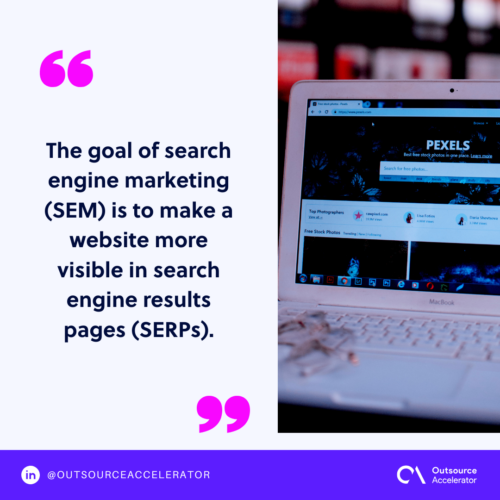
According to a 2023 report from WordStream, paid search ads make up 65% of clicks for high-intent keywords, highlighting the effectiveness of SEM in capturing consumer interest.
Search engines handle billions of searches daily. With this, SEM has become a vital tool for businesses looking to reach their audience.
Why search engine marketing works
SEM works because it allows businesses to target consumers who are actively searching for products or services similar to theirs directly.
Businesses appear at the top of search engine results, and this increases their visibility, drives qualified traffic, and generates leads more efficiently.
Here’s why SEM is effective:
- High intent targeting. SEM captures users who are already looking for specific solutions.
- Immediate visibility. Ads can appear quickly, driving instant traffic to your website.
- Measurable results. SEM platforms provide detailed analytics, making it easy to track ROI.
- Scalability. Campaigns can be adjusted based on performance, allowing for flexible budgets.
- Brand awareness. Repeated exposure in search results strengthens brand recognition.
A combination of precision, adaptability, and the right search engine marketing best practices makes this approach a powerful tool for digital marketing.
5 search engine marketing best practices you shouldn’t miss
To make the most of SEM, implementing the right techniques can significantly improve campaign performance and ROI. Whether you’re new to it or looking to refine your strategy, these five search engine marketing best practices will help you get the best results:
1. Target the right keywords
Focus on high-intent keywords that align with your audience’s search behavior. Tools like Google Keyword Planner can help identify terms with a strong search volume and conversion potential.
2. Optimize ad copy
Write clear, compelling ad copy that speaks to your audience’s pain points. Include a compelling call to action and emphasize your unique selling proposition.
Test different variations to identify what resonates best with your audience and refine each approach for maximum impact.
3. Use negative keywords
Filter out irrelevant traffic by using negative keywords to exclude searches that aren’t aligned with your offerings. Doing so helps in reducing wasted spend.
It also ensures that your ads reach a more targeted audience, improving the overall quality of your traffic. Regularly review and update your negative keyword list to stay aligned with evolving trends and user intent.
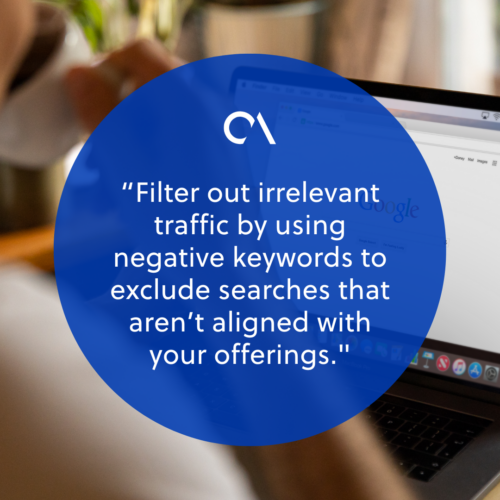
4. Optimize landing pages
Your ads should direct users to optimized landing pages that match the ad’s promise. This helps improve Quality Score and conversion rates by providing a seamless user experience.
Make sure the landing page is mobile-friendly, fast-loading, and includes clear calls to action to maximize engagement.
5. Track and test performance
Regularly monitor your campaigns, testing different elements like keywords, ad copy, and bids. A/B testing allows you to refine your approach and maximize performance over time.
Brands can drive more targeted traffic, improve their ad performance, and ultimately boost conversions through these strategies.
Hire skilled and experienced SEM specialists with Outsourced Global
If you’re looking to take your SEM strategy to the next level, Outsourced Global has you covered. Its experienced SEM specialists will work with you to fine-tune your campaigns, increase your online visibility, and drive real results.
Get in touch with Outsourced Global today and start building your digital success!
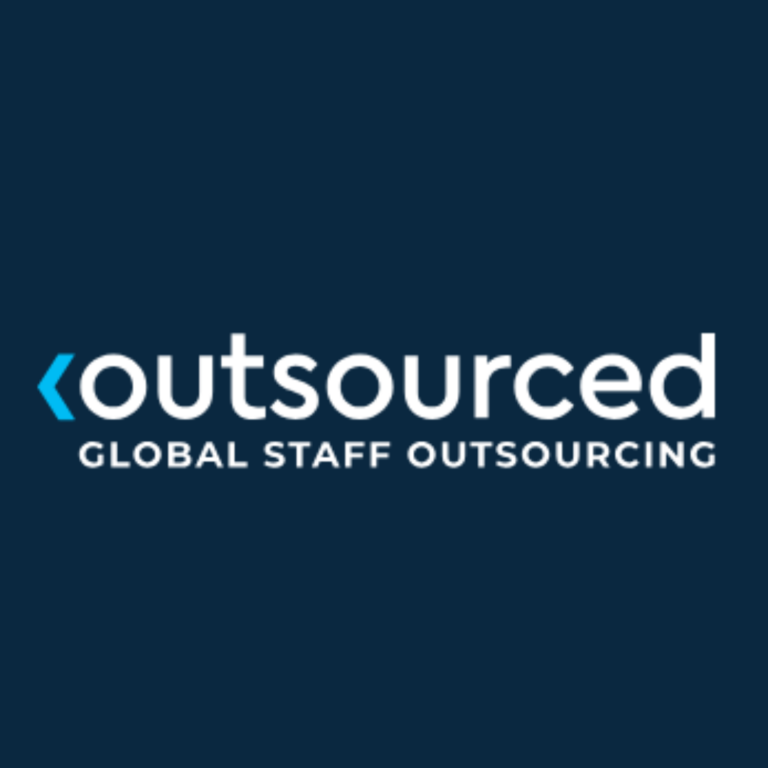
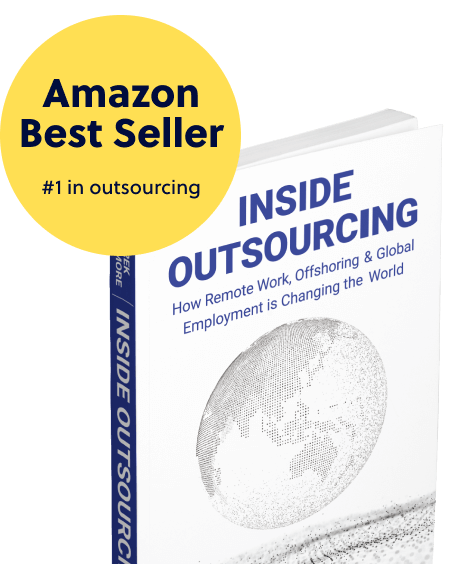

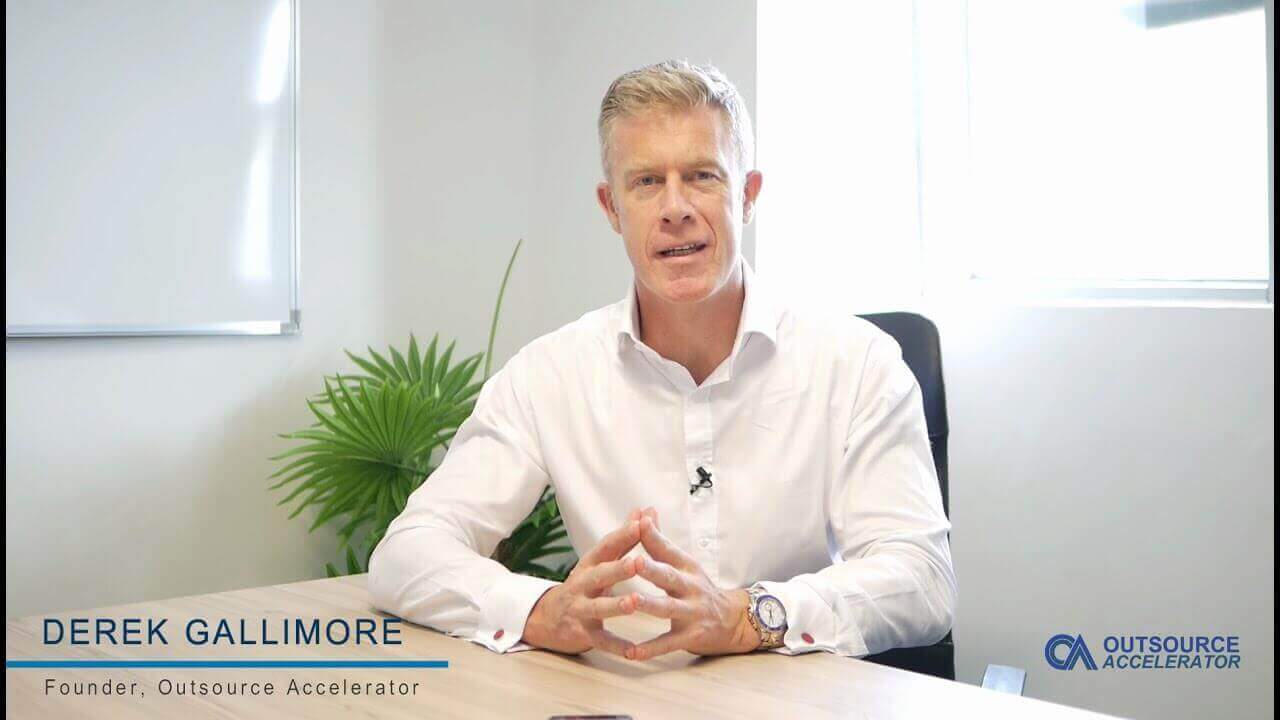
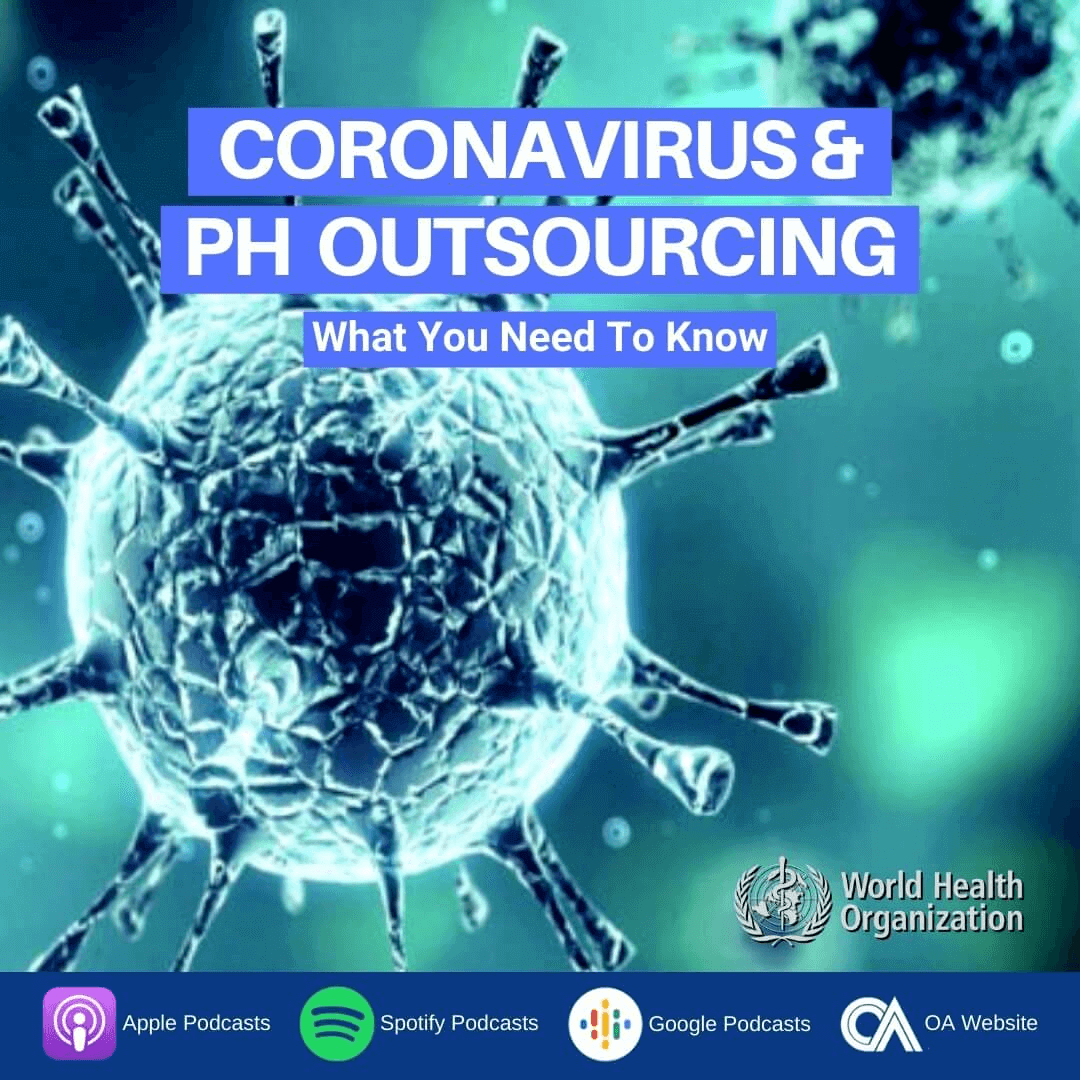


 Independent
Independent




